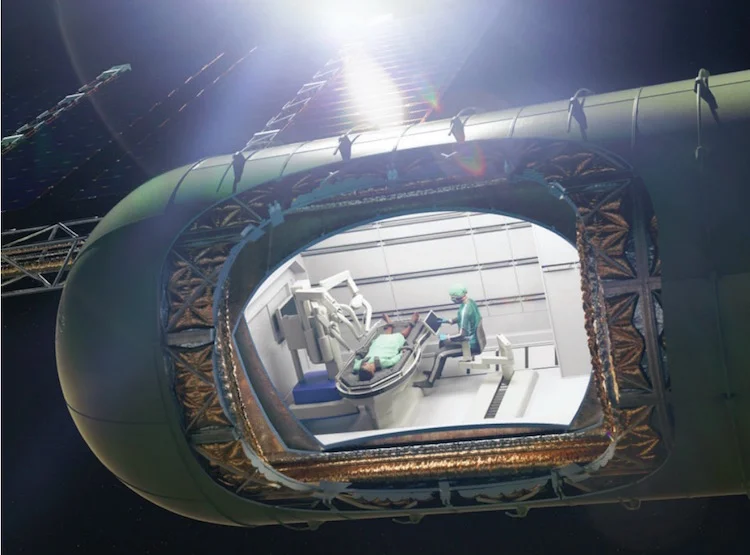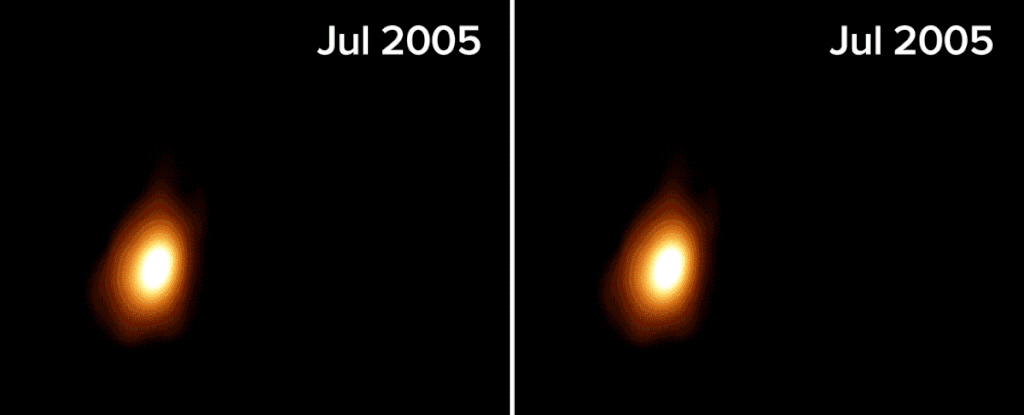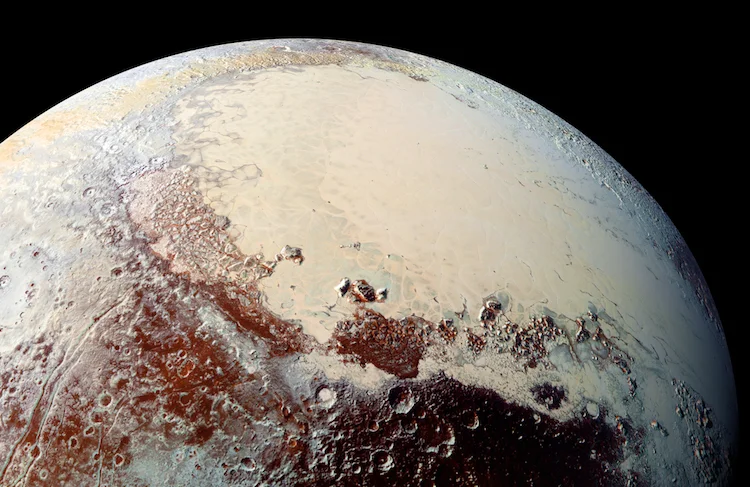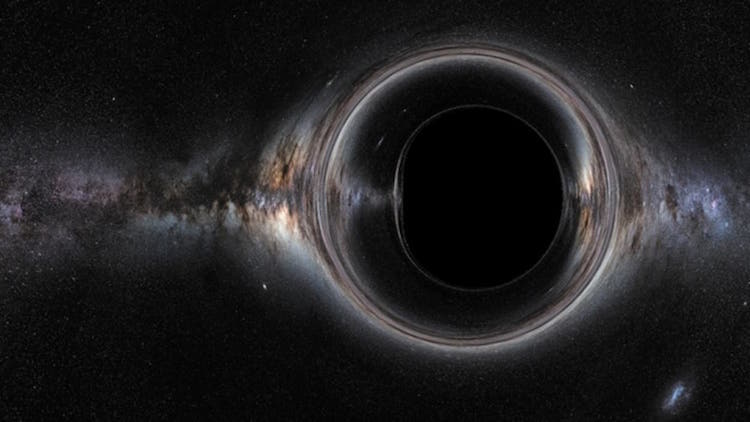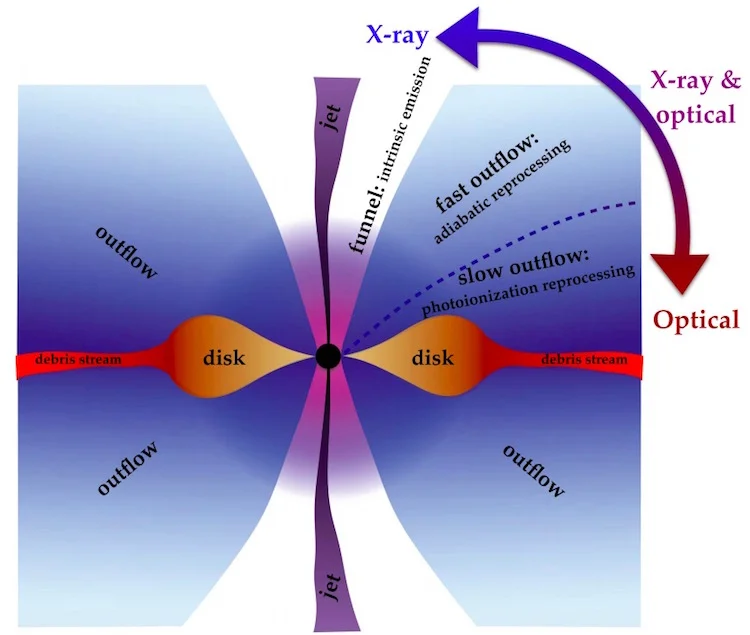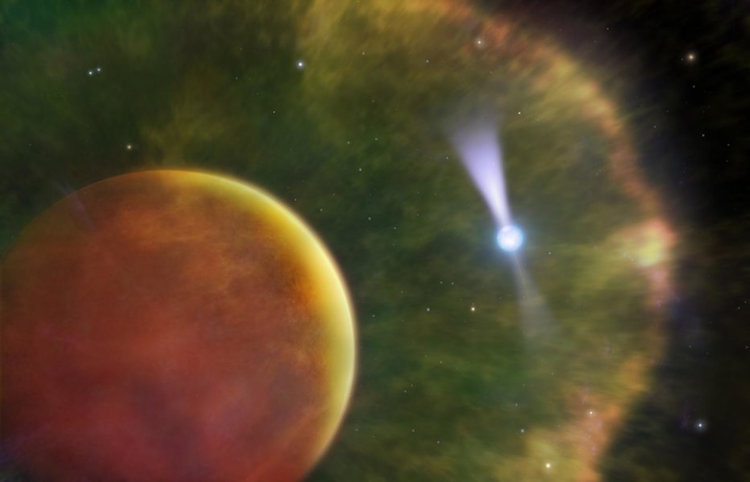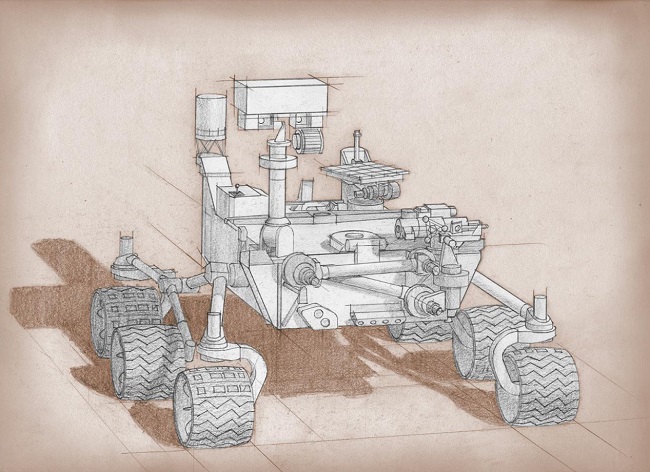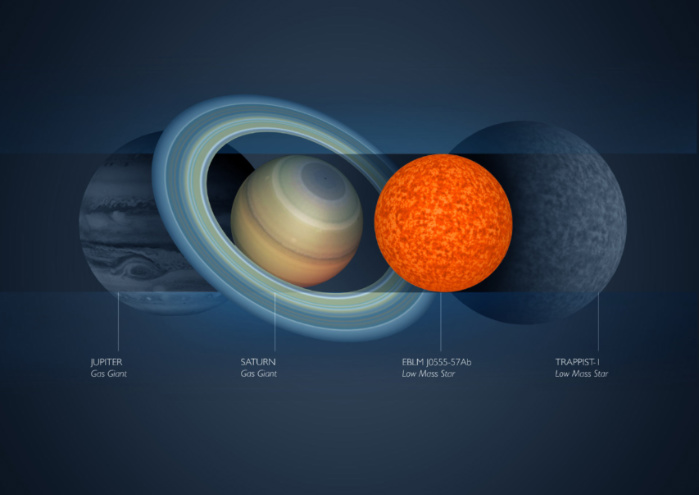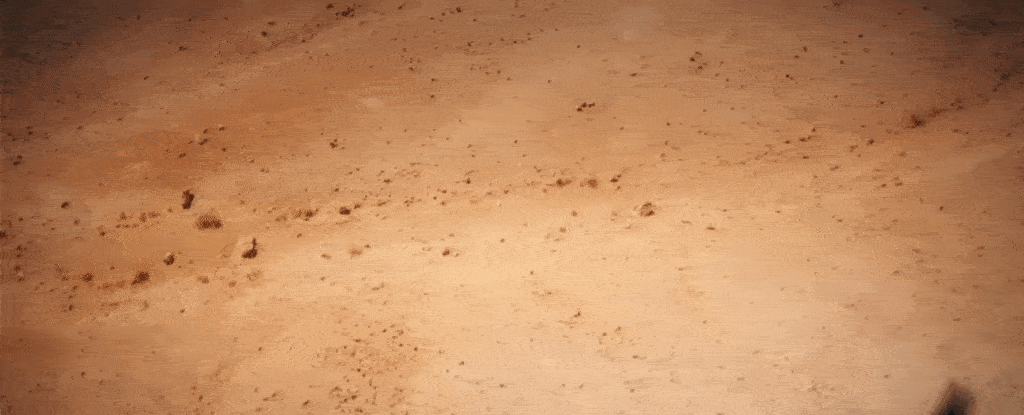Researchers explore current understanding of human pathophysiology and surgery in space. The extreme environment of space creates numerous unique changes in human physiology, which must be taken into consideration by future space surgery...
A startup named SpinLaunch is developing an alternative rocket-based space delivery system. They employ a rotational acceleration technique, harnessing angular momentum to blast cargo into space. The price of single launch would be reduced to under...
Scientists created a complete image of a tidal disruption event from 10 years of data. The event took place about 150 million-light years from Earth, in a pair of colliding galaxies. They used Spitzer Space Telescope, Nordic Optical Telescope and...
Astronomers created most complete ultraviolet light survey of galaxies in the local universe. The catalogue contains nearly 8,000 young clusters and 39 million stars. They gathered data from Hubble’s ‘Advanced Camera for Surveys’...
Scientists built a cosmochemical model that expands our understanding of Pluto’s origin and evolution. They perform an in-depth investigation of whether molecular nitrogen N2 on Pluto could be a primordial species. Pluto was first discovered...
Astronomers detected a fastest growing black hole located more than 12 billion light years away from Earth. The size of this supermassive black hole is equivalent to 20 billion Suns and it is growing 1% every 1 million years. It will help...
Researchers build a unified model that shows what it looks like when a black hole eats a star. This model shows different aspects of tidal disruption events based on observer’s viewing angle. It will help scientists better understand black...
Astronomers observe two intense regions of radiation around a neutron star 6,500 light-years away. The observation is equivalent to seeing an insect on the Pluto’s surface through a telescope on Earth. The study provides crucial data to...
For more than a century, NASA has been exploring the universe while developing critical advances in aerospace and technology. The world’s leading space agency has landed humans on the moon, rovers on Mars, sampled the atmosphere of Jupiter...
The massive stars in the universe are either red hypergiants or red supergiants; in extreme cases, they are more than 1,500 times bigger than the Sun. But what about the smallest stars? Are there stars smaller than our Sun? Well, actually there are...
It’s official now, NASA is sending a small autonomous helicopter to Mars. It’s supposed to help scout intriguing targets for research on Mars. This is the first test of a heavier-than-air vehicle on another planet. Below, we have covered...
Discovering the first alien planet is a dream for most astronomers. With today’s advanced technology, finding new exoplanets is a common thing, but it takes something special to discover planets which bear more Earth-like characteristics and...

